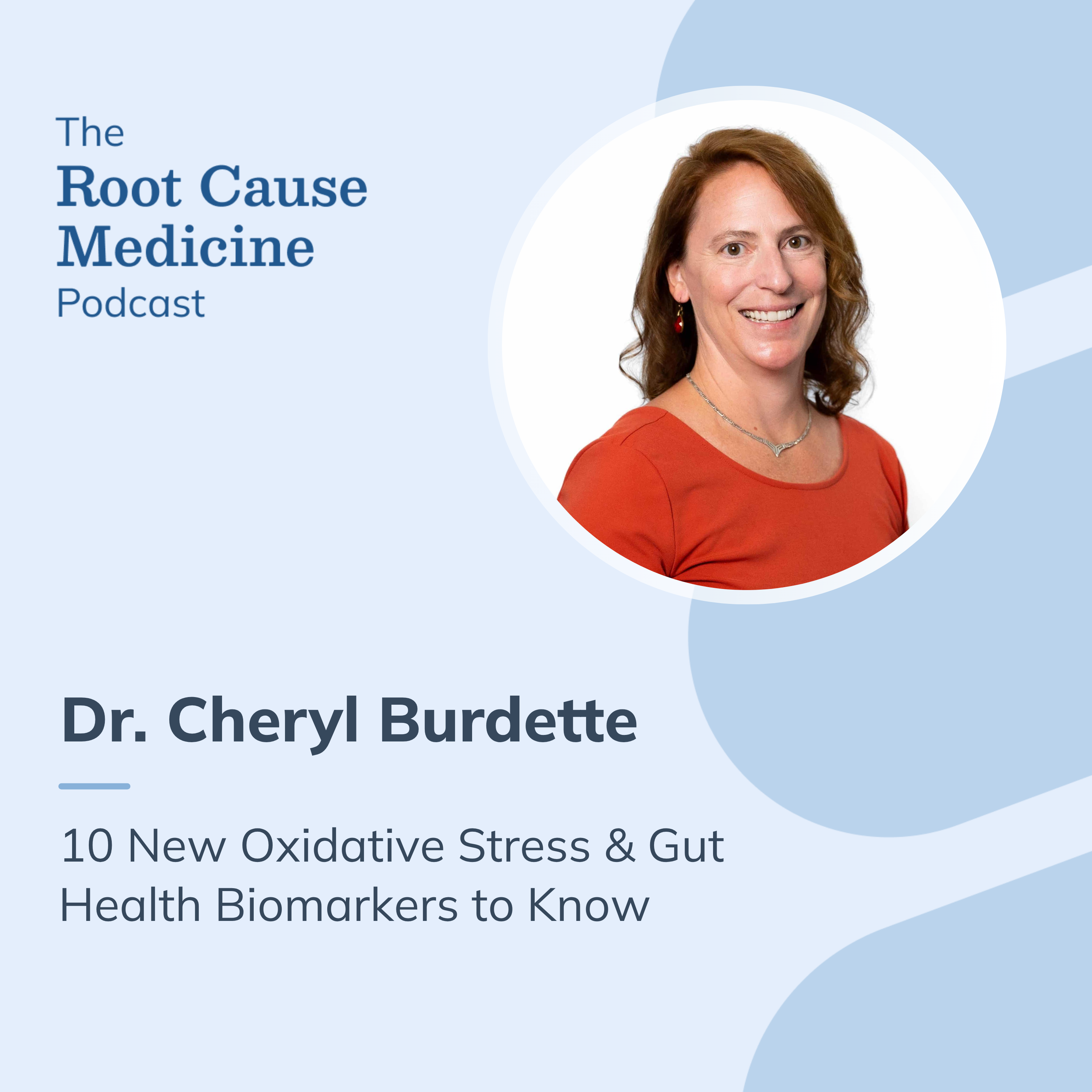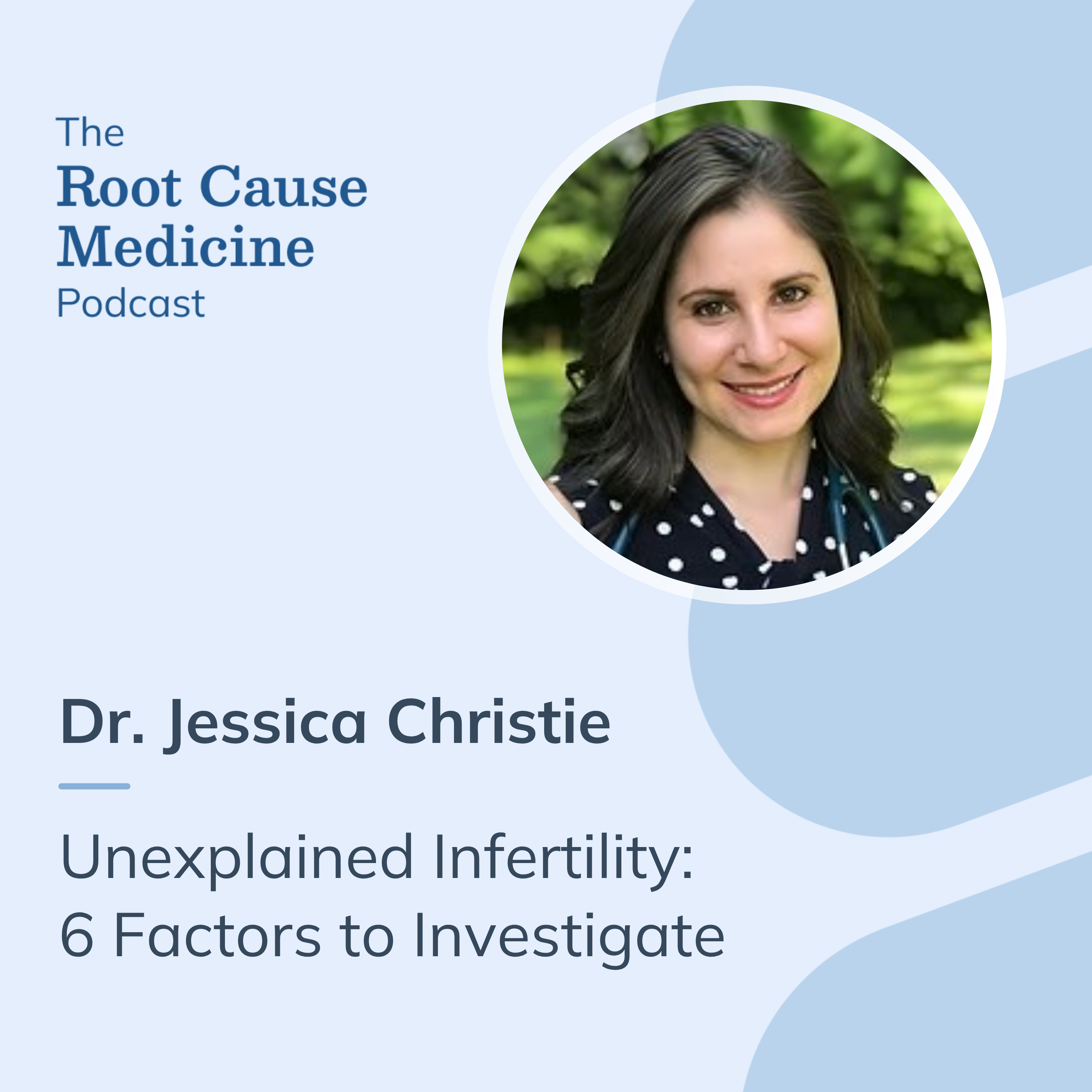Chronic inflammatory response syndrome, also known as biotoxin illness, is a grouping of symptoms and lab findings linked to toxin exposure. Labs and symptoms reflect a severe inflammatory response after the body is acutely or chronically exposed to bacteria, mold, or fungi. CIRS is commonly associated with those having genetic susceptibility; however, a compromised immune system is also commonly linked.
[signup]
CC: Fatigue, Irritable Bowel Syndrome, Irregular Menstrual Cycles, Skin Rashes, Muscle Aches and Pains, Nasal Congestion/Allergic Rhinitis, Migraines
Joan was 37 years old when she presented to our office in a very poor state of health. She was a full-time cellist whose symptoms were so severe that she was unable to work for the past 3 months. Her sleep and digestion had been an issue “since college,” with her additional symptoms beginning roughly 15 months prior and slowly progressing in severity until they reached their peak 4 months ago.
She had been to her primary care doctor, OBGYN, allergist, gastroenterologist, and neurologist, who had recommended diet eliminations and medication trials, none of which provided resolution of symptoms. Joan was also told her symptoms could be in her head after her original lab results proved normal, and was referred to a therapist.
Joan had recently moved to a new condo 18 months ago with her husband and dog. Shortly after moving in, her allergies intensified, and she began using an antihistamine nasal mist. However, she was still dealing with ongoing congestion, post-nasal drip, frequent sneezing, and sinus pressure headaches.
Additional History
Joan historically had good daily energy with a regular 8-hour nightly sleep schedule until around 10 months ago when she started sleeping 10-12 hours nightly yet was still feeling unrefreshed and fatigued. She described her symptoms as feeling like she had been hit by a truck due to her muscle fatigue and that she was being pushed to the point of exhaustion after performing a simple task like blow-drying her hair.
Her digestion was in a state of chaos, with alternating constipation and diarrhea filled with abdominal pain, extreme bloating, and foul flatulence. She was having a menstrual cycle between 1-3 months apart, usually accompanied by extreme PMS symptoms and heavy bleeding. She had cut out all fragrance and synthetic chemicals as her skin would frequently break out in rashes and hives, and her diet had been slimmed down to homemade broth made into soup and congee (rice in broth), greek yogurt, homemade smoothies, fruit/veggie puree pouches, salmon and chicken, and an array of veggies that were well cooked and peeled.
Initial Lab Work


Comprehensive Stool Test Results:
Digestive Support: High fecal fats, low short-chain fatty acids (SCFA), chiefly butyrate.
LOW: Commensal bacteria like akkermansia, lactobacillus, bifidido spp.
HIGH: Candida albicans, strep spp., staph spp., secretory IgA 7,823, zonulin
Urine Mycotoxin Panel Results:
HIGH: Aflatoxin M1 (AFM1), Ochratoxin A (OTA), Citrinin (Dihydrocitrinone DHC), Gliotoxin (GTX).
Lab Analysis
Joan’s labs quickly helped us understand what might be contributing to her symptoms:
Her stool panel suggested a leaky gut through elevated zonulin and secretory IgA, which may indicate intestinal permeability and a high level of inflammation. Poor nutrient absorption can be assumed from high fecal fats, which might suggest liver function issues. The low short-chain fatty acids show a potential need for a higher intake of dietary polyphenols and prebiotics to support that production.
Her stool panel also suggested a dysbiotic state with low ideal commensal bacterial and high pathogenic and fungal overgrowth seen with a high level of candida.
The CIRS Panel and inflammation markers composed of hsCRP, sed rate, homocysteine, C4A, VEGF, aMSH, VIP, and TGF-beta suggested compromised immune system function in response to the ongoing mycotoxin exposure.
Her mycotoxin panel indicated a high urinary output of mycotoxins derived from multiple aspergillus spp, penicillium, or Trichoderma, all of which are linked to water-damaged housing materials.
Interventions
The main focus was finding the source of the mold and reducing exposure. This included an array of resources, including certified mold investigators, removing mold from moldy environments efficiently and remediating and preventing future mold growth. At this visit, we also discussed a mold-free diet to avoid contaminated foods and those that may contribute to mold growth, such as sugar and simple carbohydrates. We focused on basic support of the susceptible organ systems such as:
- Liver support consisted of milk thistle, artichoke, and dandelion, as well as plenty of leafy greens and water.
- Fish oil with food for general health support targeting the brain, eyes, and GI tract, and quercetin for lung and antioxidant support.
- A broad-spectrum binder consisting of activated charcoal, zeolite, bentonite clay, silica, and pectin to support broader clearance of mold metabolites.
- Multivitamins with additional mitochondria support, such as L-carnitine, NAC, and Lipoic acid to support energy production.
Follow Up 6 Weeks Later
Joan moved out of her condo after the mold inspector found high levels of multiple strains of aspergillus and penicillium in multiple rooms throughout her unit. Since moving out and with the additional support of the supplements, she felt around 20% improved overall. At this time, we began antimicrobial support.
Antimicrobial and candida support was provided through a broad-spectrum herbal antimicrobial in liposomal form paired with a serum-derived bovine immunoglobulin powder to provide support for inflammation and endotoxin binding. A high-dose probiotic with additional saccharomyces boulardii was also started.
Direct nasal support was started: A nasal irrigation with saline and the same oral antimicrobial liquid, nasal spray 2x daily- 1x colloidal silver and the other a xylitol herbal solution.
Liposomal glutathione was started to support detoxification, mitochondrial function, and overall antioxidant activity.
A gentle detox was also started, including detox baths, liver castor oil packs, and infrared saunas in rotation.
Follow Up 3 Months Later


Joan was able to move out of her water-damaged condo quickly after we reviewed her lab results, which heavily contributed to her quick progress. Within 1 week of moving out of her moldy building, she saw improvement in her nasal symptoms, fatigue, skin rashes, and migraines. Her supplement regimen was introduced slowly, which helped reduce the side effects of the detoxification process, and she heavily relied on the detox bath and infrared sauna to keep the muscle discomfort to a minimum.
6 weeks into the protocol, she felt her energy was back to a 7 out of 10, with sleeping regular hours, her digestion was finally regular, and she was not experiencing any bloating or discomfort. She had not experienced a migraine in over 2 months and was having regular monthly menstrual cycles with limited symptoms and moderate bleeding.
[signup]
Summary
Mycotoxin and mold-related chronic inflammatory response syndrome can be monitored through laboratory results to track the immune system's response to ongoing toxin exposure. Most immune systems may not respond quickly to changes and can react during the detox process. However, the patient was very careful with her introduction process and was quick to reduce exposure to the source, which supported her progress. Due to the chronic nature of CIRS, she was advised to continue her support plan until 1 month after the full resolution of symptoms and to follow up every 4 months for labs for the next few years to help ensure no reactivation of her inflammatory system.










%201.svg)









.png)